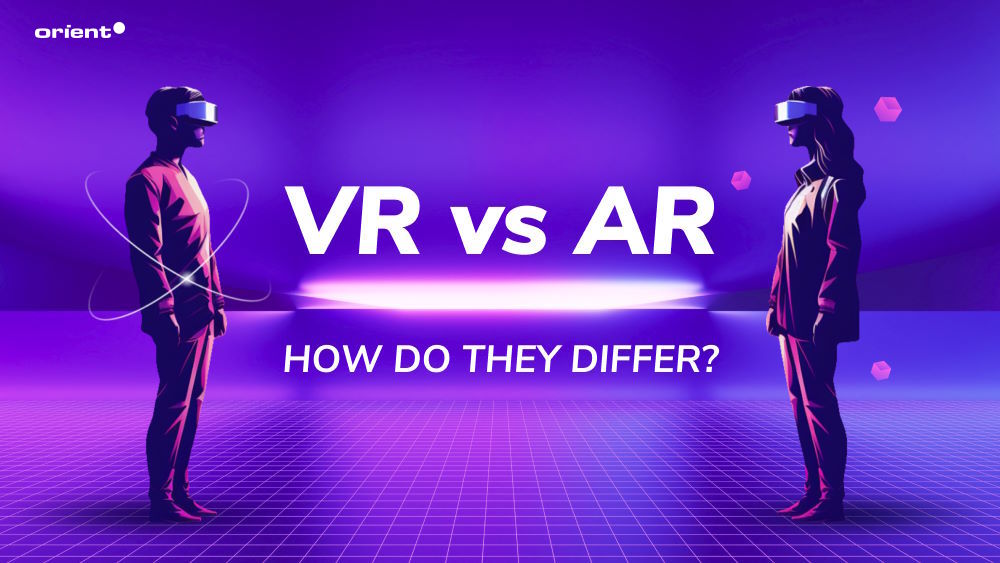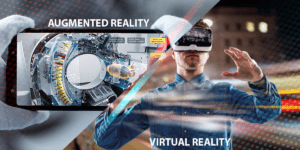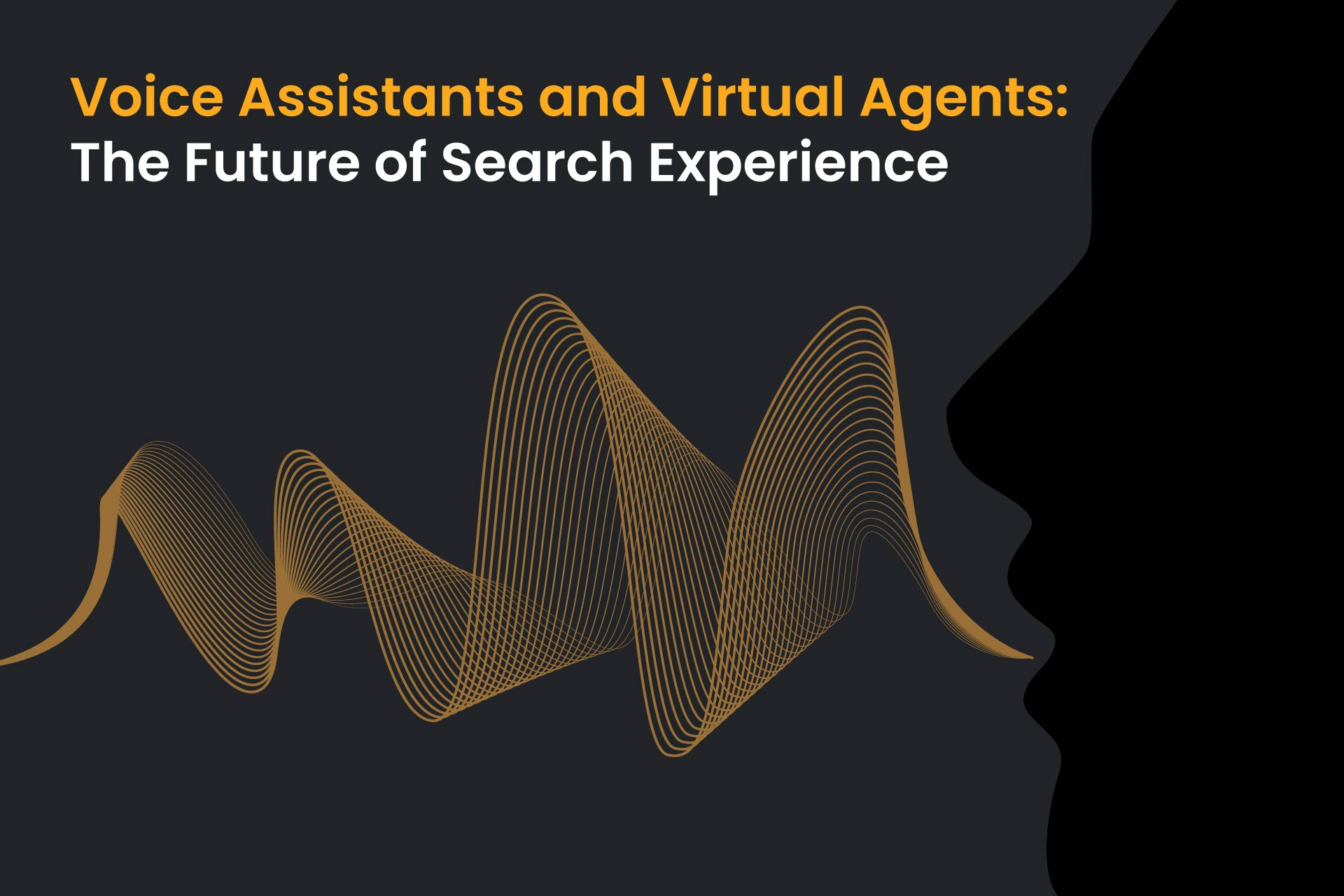
The world of technology is evolving rapidly, bringing with it revolutionary innovations that are reshaping how we interact with the digital and physical worlds. Two such groundbreaking technologies are Virtual Reality (VR) and Augmented Reality (AR). Both have garnered significant attention for their potential to transform various industries, from gaming and entertainment to education and healthcare. In this blog, we will delve into the key differences between Virtual Reality and Augmented Reality, their applications, and what the future holds for these immersive experiences.
Understanding Virtual Reality
Virtual Reality (VR) is a technology that creates a completely immersive digital environment, isolating the user from the real world. Using VR headsets like the Oculus Rift, HTC Vive, or PlayStation VR, users can step into a computer-generated world that mimics real or fantastical environments. VR relies on sensors and motion tracking to enable users to look around, move within the space, and interact with virtual objects.
Key Features of Virtual Reality:
- Immersive Experience: VR provides a fully immersive experience by completely blocking out the real world and replacing it with a virtual one.
- Interactivity: Users can interact with the virtual environment using controllers or hand-tracking technology.
- Applications: VR is widely used in gaming, training simulations, virtual tours, and therapy.
Applications of Virtual Reality:
- Gaming: VR has revolutionized the gaming industry by offering players a deeply immersive and interactive experience. Games like “Beat Saber” and “Half-Life: Alyx” showcase the potential of VR gaming.
- Education and Training: VR is used in education to create realistic simulations for medical students, pilots, and other professionals, allowing them to practice in a safe and controlled environment.
- Therapy: VR therapy is being used to treat conditions like PTSD, anxiety, and phobias by exposing patients to controlled virtual environments.
Understanding Augmented Reality
Augmented Reality (AR), on the other hand, enhances the real world by overlaying digital information onto the user’s view of their physical surroundings. Unlike VR, AR does not create a fully immersive environment but rather adds layers of digital content that can be interacted with. AR can be experienced through smartphones, tablets, or AR glasses like Microsoft HoloLens and Google Glass.
Key Features of Augmented Reality:
- Enhanced Reality: AR overlays digital elements onto the real world, enhancing the user’s perception and interaction with their environment.
- Accessibility: AR can be accessed through everyday devices like smartphones and tablets, making it more accessible to a broader audience.
- Applications: AR is used in various fields, including retail, navigation, education, and entertainment.
Applications of Augmented Reality:
- Retail: AR is transforming the retail experience by allowing customers to virtually try on clothes, preview furniture in their homes, and access interactive product information.
- Navigation: Apps like Google Maps use AR to provide real-time directions and information, enhancing the navigation experience.
- Education: AR brings textbooks to life by adding interactive 3D models, videos, and animations, making learning more engaging and interactive.
VR vs. AR: Key Differences
While both VR and AR offer unique ways to interact with digital content, they have fundamental differences:
- Immersion: VR creates a completely immersive environment, while AR enhances the real world without replacing it.
- Equipment: VR typically requires a headset and specialized equipment, whereas AR can be accessed through common devices like smartphones and tablets.
- Applications: VR is primarily used for immersive experiences and simulations, while AR is used for enhancing real-world interactions and providing additional information.
The Future of VR and AR
The future of Virtual Reality and Augmented Reality is incredibly promising, with both technologies expected to continue evolving and finding new applications. Advances in hardware, software, and content creation are making VR and AR more accessible and affordable. As these technologies become more integrated into our daily lives, we can expect to see significant advancements in fields such as entertainment, education, healthcare, and beyond.
Advantages and Disadvantages of Virtual Reality: A Comprehensive Overview
Virtual Reality (VR) is a groundbreaking technology that creates immersive digital environments, offering users experiences that range from fantastical gaming worlds to realistic training simulations. As VR technology continues to evolve, it brings with it a host of advantages and some notable disadvantages. This blog explores the key benefits and drawbacks of Virtual Reality, providing a balanced view of this exciting technology.

Advantages of Virtual Reality
1. Immersive Learning and Training
One of the most significant advantages of Virtual Reality is its potential in education and professional training. VR simulations can create realistic scenarios for training purposes without any risk to the participants. For instance, medical students can practice surgeries, pilots can simulate flight conditions, and military personnel can experience combat scenarios, all in a controlled and safe environment.
2. Enhanced Entertainment Experiences
VR has revolutionized the entertainment industry, particularly in gaming. Players can immerse themselves in virtual worlds, experiencing games from a first-person perspective that traditional gaming cannot match. VR also extends to other forms of entertainment, including virtual concerts, interactive movies, and immersive theme park rides.
3. Therapeutic Applications
Virtual Reality is increasingly used in therapy and rehabilitation. VR therapy can help treat conditions such as PTSD, anxiety, and phobias by exposing patients to controlled virtual environments where they can confront and manage their fears. Additionally, VR is used in physical rehabilitation to motivate and guide patients through exercises.
4. Architectural and Real Estate Visualization
VR allows architects and real estate professionals to create detailed virtual models of buildings and spaces. Clients can take virtual tours of properties and architectural designs, gaining a better understanding of the space without being physically present. This enhances decision-making and reduces the time and cost associated with physical site visits.
5. Remote Collaboration
In the era of remote work, VR offers new ways to collaborate. Virtual meeting rooms and workspaces allow teams to interact and collaborate in a more engaging and immersive environment compared to traditional video conferencing tools. This can lead to more effective communication and collaboration among remote teams.
6. Innovative Marketing and Advertising
VR provides a unique platform for marketers to create engaging and interactive advertising campaigns. Brands can create immersive experiences that allow customers to interact with products in a virtual environment, offering a novel way to engage potential buyers and increase brand awareness.
Disadvantages of Virtual Reality
1. High Cost
One of the primary disadvantages of Virtual Reality is the cost. High-quality VR headsets and the powerful hardware required to run them can be expensive, making it less accessible to the average consumer. Additionally, developing VR content is costly and time-consuming, which can limit the availability of diverse VR experiences.
2. Technical Limitations
Despite advancements, VR technology still faces technical limitations. Issues such as low resolution, motion sickness, and latency can affect the user experience. Continuous improvements are needed to address these technical challenges and provide a seamless VR experience.
3. Limited Mobility
Most VR systems require users to wear headsets and, in some cases, additional equipment like controllers or motion sensors. This can restrict movement and may be uncomfortable for prolonged use. Additionally, the need for a clear play area can limit where VR can be used.
4. Health Concerns
Extended use of Virtual Reality can lead to health issues such as eye strain, headaches, and nausea due to motion sickness. There are also concerns about the potential long-term effects of prolonged VR use on vision and posture. It’s essential for users to take breaks and use VR in moderation to avoid these issues.
5. Social Isolation
While VR offers immersive experiences, it can also lead to social isolation. Users may spend more time in virtual environments at the expense of real-world interactions. This can impact social skills and relationships, particularly if VR is used excessively.
6. Content Limitations
Although the VR content library is growing, it is still limited compared to traditional media. High-quality, engaging VR content takes time and resources to develop, and not all developers have the capability to create compelling VR experiences. This can lead to a lack of variety and depth in available VR content.
Virtual Reality and Augmented Reality represent two sides of the immersive technology spectrum, each with its unique strengths and applications. Whether it’s the fully immersive experience of VR or the enhanced reality of AR, both technologies are reshaping how we interact with the world around us. As we look to the future, the possibilities for VR and AR are limitless, promising to bring new levels of interactivity, engagement, and innovation to our lives.


